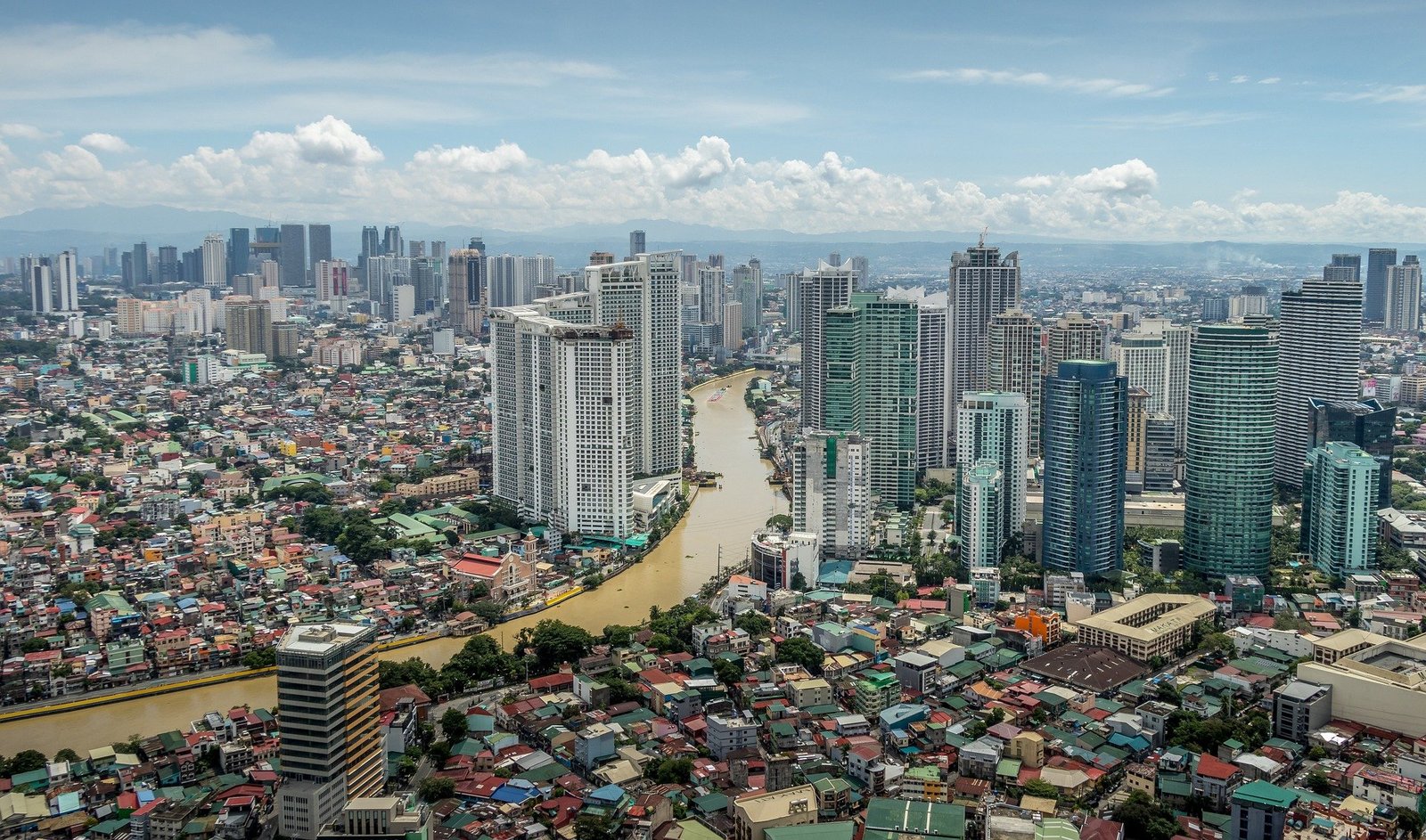PH stock market finishes 2023 strong despite volatility
The Philippine stock market ended 2023 with a relatively strong finish,
surviving a largely volatile ride from the start of last year.
The Philippine Stock Exchange index (PSEi) closed at 6,586.01 points on
January 3, 2023 and closed at 6,591.11 on December 28, 2023, or a 0.01-
percent increase, which, however, does not show the type of volatility or
up-and-down the market underwent last year.
To recall, the PSEi hit a high of 7,094.86 points on January 18, 2023, and
reached its lowest point of 5,961.99 on October 27, 2023.
However, the year 2022 can be described as more volatile, as the PSEi’s
highest close was 7,552.20 points on February 9 while the lowest close
was 5,699.30 on October 3. One of the major factors for the PSEi’s more
volatile movement in 2022 was the Philippine peso trading at nearly at P60
to $1 in October of that year.

For this year, analysts see the PSEi reaching 8,000 points because of
projections of better Philippine economic growth and lower inflation.
When taking the monthly averages in 2023, the PSEi registered its biggest
jump in January, or an increase of 5.47 percent to a 6,910.85-point average
(compared to the December 2022 average). This was caused primarily by
the expected high gross domestic product (GDP) growth for full-year 2022.
On January 26, 2023, the government announced that 2022 full-year GDP
growth reached a high 7.6 percent.
On the other hand, the biggest drop in the PSEi’s monthly average was in
March, or by 3.76 percent to 6,569.17 points (compared to February). This
was primarily caused by the Bangko Sentral ng Pilipinas (BSP) increasing
policy rates in February and March because of the high inflation rates of 8.7
percent and 8.1 percent in January and February, respectively.
From April to July, the PSEi went up and down. In April, the PSEi average
went down by 0.82 percent to 6,515.52 points (compared to March), as the
inflation rate in March was still a high 7.6 percent.
The BSP, however, did not increase policy rates in May, while the first-
quarter 6.4-percent GDP growth for 2023 was announced in early May,
which both helped improve investor sentiment. This caused the PSEi
average in May to increase by 1.38 percent to 6,606.24 points (compared
to April).
In June, however, the PSEi average dropped by 1.93 percent to 6,481
points as stock market investors were also expecting a policy rate reduction
by the BSP. The central bank decided to maintain policy rates in June.
In July, the lower 5.4-percent inflation for June was the primary factor for
the 1.06-percent increase in the PSEi average to 6,551.70 (compared to
June).
From lowest points to recovery
It was in August and September that the PSEi average went down by 2.92
percent (to 6,365.50 points) and 2.68 percent (to 6,199.31 points),
respectively, because of the lower 4.3-percent GDP growth for the second
quarter (reported in early August), and the higher 6.1-percent inflation in
August.
To bring down inflation, there were also talks of the BSP increasing policy
rates in October, which the central bank did on October 26, 2023.
And on October 27, the PSEi closed at below 6,000 points for the first time
in 2023, or to 5,961.99 points. That would also be the lowest close of the
PSEi for last year.
However, by November, the PSEi started to recover as October inflation
went down to 4.9 percent and the third-quarter GDP growth was a higher
5.9 percent. And on December, it was reported that the November inflation
rate was a lower 4.1 percent.
Those factors made the PSEi average increase by a substantial 3.14
percent to 6,386.39 points in December (compared to November).
The PSEi in December also closed above 6,500 points four times, as there
was optimism that the Philippine economy will have sustained growth and
lower inflation in 2024.
However, when it comes to value turnover, the average per trading day in
2023 was below P6 billion. On the other hand, the average value turnover
per trading day in 2022 was P7.38 billion.
Nonetheless, with better economic growth prospects year and lower
projected inflation this year, there is optimism that the PSEi can reach the
8,000-point territory.
PSE President and Chief Executive Officer Ramon Monzon said the
expected rate cuts by the BSP and US Federal Reserve will be key factors
for the stock index in reaching 8,000 points this year.
“For 2024, analysts project the PSEi at a range of 6,800 to 8,300 points.
The reason for this is the expected rate cuts by the US Fed and BSP,” he
said.
Editor’s note: The next five articles gives more details on the phases the
Philippine stock market went through in 2023.


























